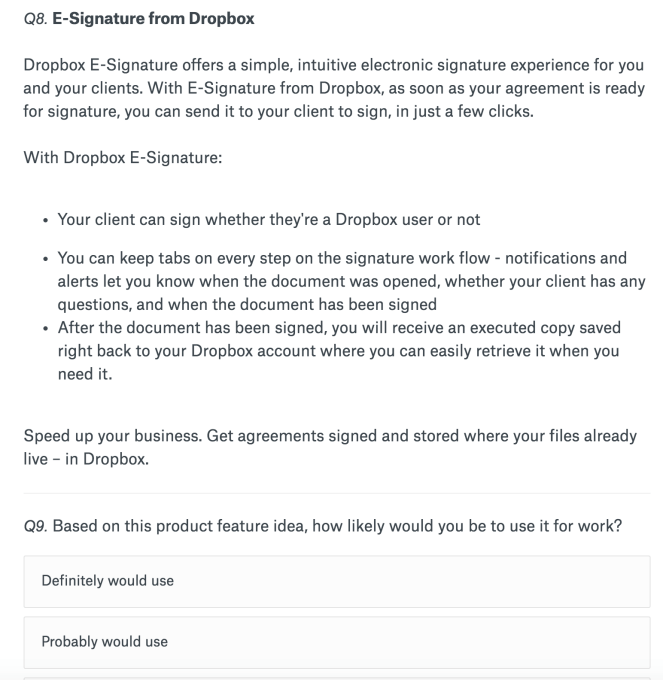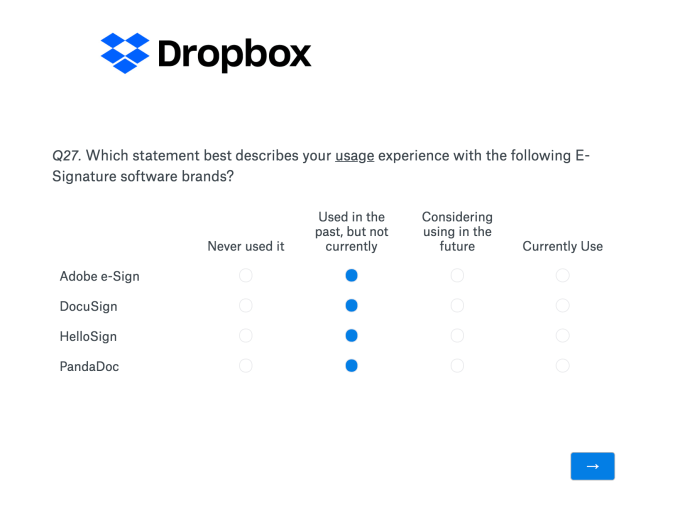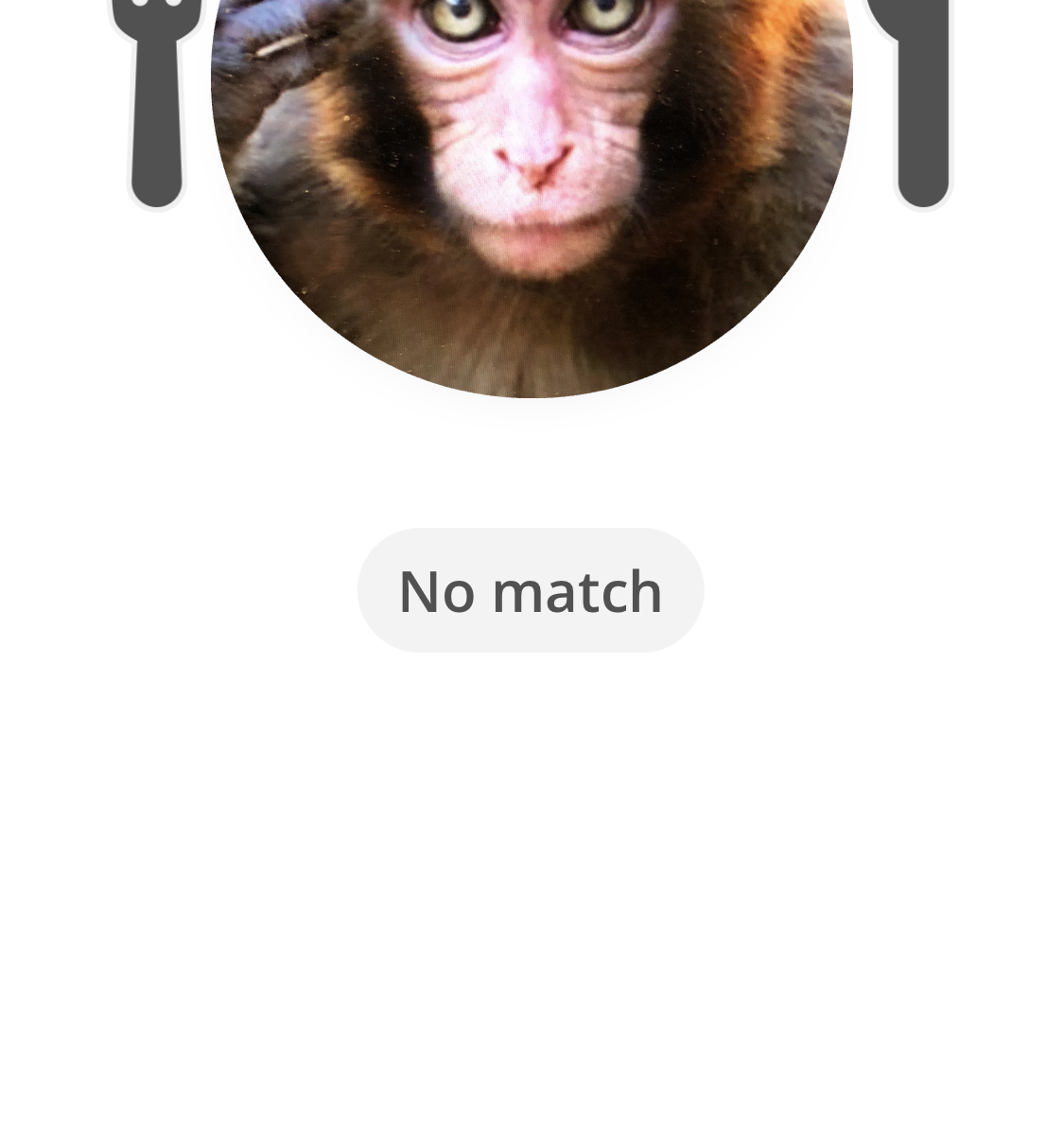While many lament the death of local news, a small army of tech startups have been developing a new set of tools to figure out how to save it. In one of the latest developments, Hoodline — which has built a platform to ingest and analyse hundreds of terabytes of data to find and then write local news stories — has raised $10 million in a Series A round to help take its effort nationwide.
“We want to cover the news deserts that no one else is covering,” said Hoodline’s founder and CEO Razmig Hovaghimian. “It’s filling a gap. It’s filling a need.”
The San Francisco startup had once been called Ripple News (in reference to the news that “ripples out” from one event) but then took the name of a hyperlocal news blog network that it acquired in 2016 after another Ripple began to make waves.
It is currently generating stories in 20 cities, with ABC, MSN, Yahoo, Hearst and CBS among the publishers that are partnering with it to use its content.
This latest Series A round was led by Neoteny, a seed and early stage investment firm out of Boston whose founder and lead partner, MIT Media Lab director Joichi Ito, is also joining Hoodline’s board.
Sound Ventures, Dentsu Ventures and Eric Schmidt’s Innovation Endeavors also participated, among other investors who asked not to be named.
Hoodline had been a part of Disney’s accelerator in 2017, so it too has backed the company, as has Rakuten, the Japanese e-commerce behemoth that acquired Hovaghimian’s previous startup, the crowdsourced online video subtitling startup Viki.
Hoodline is not disclosing its valuation, but from what we understand, it’s around $75 million and a bump up from its previous valuation.
Hoodline’s platform today has two parts: a local data wire producing local news stories; and a recommendation module that is somewhat similar to the likes of Outbrain and Taboola. Rather than recirculating stories from a wider network of clickable sites, however, it suggests stories from Hoodline’s inventory of stories, alongside a publication’s own inventory to keep people engaged on a site for longer.
The first of these inks partnerships with media platforms to supply content but currently is provided free to them; the second runs ads alongside the recommended articles.
One of the big issues with local news and its decline is that, as more traditional publishers have moved to the internet to cut the costs of producing printed newspapers, they’ve found that the revenues and margins that they generated from the older activities have not translated to the newer medium and the issues that even exist for large, world-famous publications are only compounded for smaller ones: they have a hard time getting the economies of scale needed to make the ad-based model work, and then when they club together they have to contend with the fact that their readership has moved on to other forms of infotainment.
But as it turns out, there is still an appetite for local information.
“There are so many good stories that go uncovered,” Hovaghimian said. “Plus, forty percent of all searches have local intent.” Facebook’s new interest in local news and Google’s own experiments with local journalism aren’t simple good-will attempts at fostering more community; they reflect interests that these companies have observed among their user bases.
So now, while tech has arguably “killed” the local news business in that way, it’s also been trying to save it be — namely in the form of providing more intelligent ways to run its business, from the advertising technology and/or paywalls to fund it, through to disrupting and improving the means of producing it.
Hoodline is part of the guard of companies that have been looking at how the rise of new kinds of computing technology, such as AI and big data analytics, can be used to help with the latter of these.
“Hoodline is bringing pioneering technology to the world of hyper-local news and content, while layering in editorial expertise and perspective. This uniquely allows them to craft dynamic stories across a wide range of verticals and outlets,” said Ito in a statement. “We’re incredibly excited to be partnering with Hoodline and Razmig as they continue to deliver consumers content that they want, but was previously not available to them.”
Hoodline is not the only one exploring how to tap into big data to build stories; there are many. Among them, in the UK, the Press Association is working with a startup called Urbs to develop AI systems that can help surface interesting stories for (human) journalists to write. In the US, Automated Insights has been developing “robot” reporters to cover local sports and quarterly earnings beats. Other efforts like LiveStories is also tackling a trove of publicly available information — in its case civic data — to visualise and shape narratives from it, products that potentially also make their way into the news.
Hovaghimian said that Hoodline’s system ingests around 250 terabytes of data from a pretty diverse range of sources, spanning from hyperlocal listings services like Yelp and Foursquare through to things like feeds of local high school football sports results, and organises it and passes it through its algorithms to surface interesting items that can be used in stories. Editors, meanwhile, write templates that can be used for different types of stories, such as local food events, job trends in a particular city, or sports results from a local team. One person at the company described the templates as “advanced Madlibs.”
And for now, it’s as basic as this, too. Hoodline has bylined content written by journalists, but the content that is bylined to Hoodline is created by the company’s big data platform, and those articles, it has to be said, are more anodyne than earth-shattering. But Hovaghimian says this is almost intentional, it’s to clear the way for more serious work.
“We are filling a gap and covering news that is not being covered, even if it’s just to test what audiences want to read,” he said. “This frees up resources for more journalistic pursuits.”
Whether or not publications dedicate resources to more journalistic pursuits to complement the Hoodline work, of course, is another matter.
Meanwhile, Hoodline also has journalists to work on original content and to build these templates. The company currently has a ratio of around two engineers to one editor, Hovaghimian said, but believes that as it scales it will be bringing in fewer editors and more engineers: “At this point it’s about growth now that we have figured out what our bottlenecks are,” he said.
As for what comes next, Hovaghimian said that the ambition is to bring this to more than just the US eventually, and to work with different kinds of partners beyond news organizations. Facebook and Google’s own interests in this area haven’t gone unnoticed and the company has thought about how it could partner with them, too.

Source: Tech Crunch
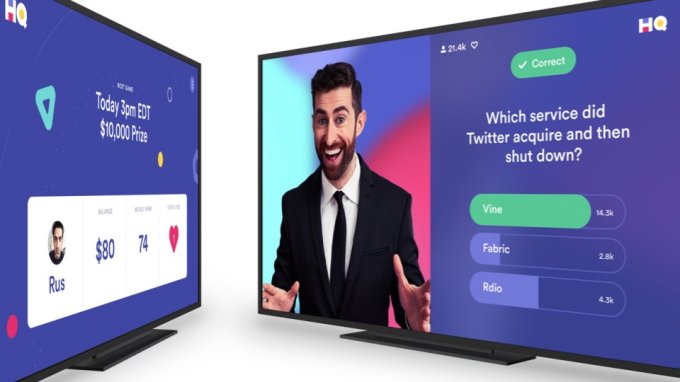


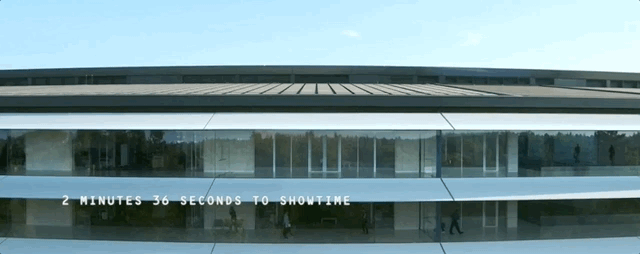
 A couple of things to note here: the top floor (4, by the way) is filled with outward-facing rooms, surely of various sizes and functions, but the outermost ring, right next to the windows, is where you walk. With all the people moving around those glass-lined tunnels, perhaps a better name for this HQ would be the Ant Farm.
A couple of things to note here: the top floor (4, by the way) is filled with outward-facing rooms, surely of various sizes and functions, but the outermost ring, right next to the windows, is where you walk. With all the people moving around those glass-lined tunnels, perhaps a better name for this HQ would be the Ant Farm. Next (via a rather dizzying pan) is what we have to assume is a spoke on the wheel, a large atrium that looks to extend from center to exterior, and is filled with calming white and neutral-colored furniture. It looks like the inside of Jony Ives’s brain. There are probably eight of these, with one or two being extra resplendent for visitors, perhaps with stores extending off the sides, portrait galleries of Apple execs, and so on.
Next (via a rather dizzying pan) is what we have to assume is a spoke on the wheel, a large atrium that looks to extend from center to exterior, and is filled with calming white and neutral-colored furniture. It looks like the inside of Jony Ives’s brain. There are probably eight of these, with one or two being extra resplendent for visitors, perhaps with stores extending off the sides, portrait galleries of Apple execs, and so on.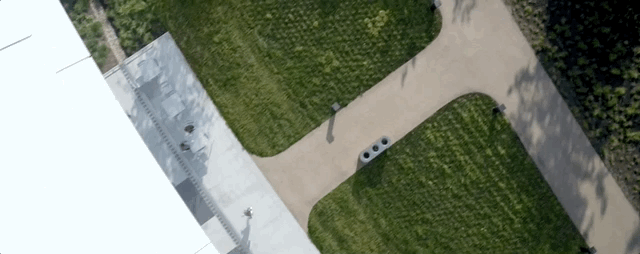

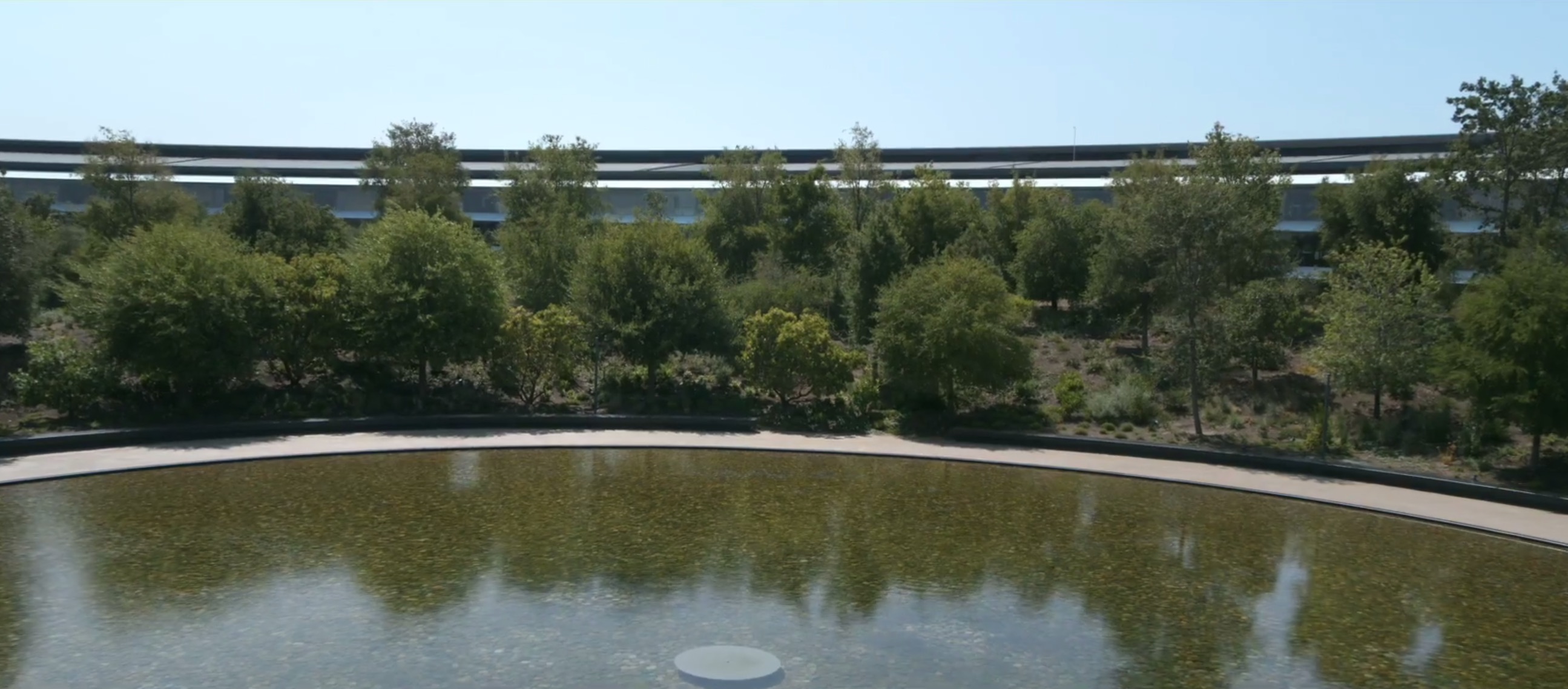 I actually expected the pond to be a bit more picturesque, but there’s only so much you can do with that climate. It seems to be only about a foot deep, lined with large rocks. I was hoping they might let it go wild with lily pads, wild birds and so on. I’ll be interested to see how they keep it free of algae so people like the protagonist can rush through it. Luckily her Airpods didn’t fall out. (If she had a headphone cable it wouldn’t be a problem. Just saying.)
I actually expected the pond to be a bit more picturesque, but there’s only so much you can do with that climate. It seems to be only about a foot deep, lined with large rocks. I was hoping they might let it go wild with lily pads, wild birds and so on. I’ll be interested to see how they keep it free of algae so people like the protagonist can rush through it. Luckily her Airpods didn’t fall out. (If she had a headphone cable it wouldn’t be a problem. Just saying.)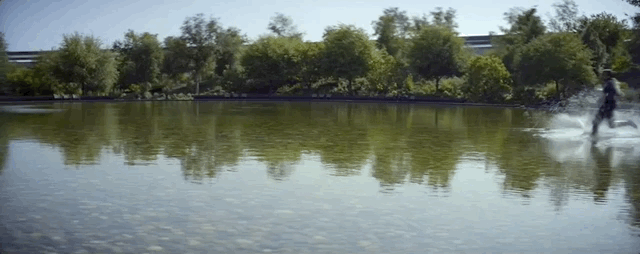 Obviously Apple is making a bit of fun of itself here regarding the inconvenient nature of a ring-shaped HQ with a body of water in the middle. Shouldn’t there be a pedestrian underpass or something?
Obviously Apple is making a bit of fun of itself here regarding the inconvenient nature of a ring-shaped HQ with a body of water in the middle. Shouldn’t there be a pedestrian underpass or something? Into the far side of the ring, where there’s a large cafeteria filled with Apple’s favorite cedar furniture and stretching through all 4 stories. Some of it looks CG. If I’m honest a lot of this looks CG. It has probably been extensively touched up.
Into the far side of the ring, where there’s a large cafeteria filled with Apple’s favorite cedar furniture and stretching through all 4 stories. Some of it looks CG. If I’m honest a lot of this looks CG. It has probably been extensively touched up. On the outside of the cafeteria spoke is a huge set of sliding doors, which employees are likely not encouraged to do a tactical roll through when they’re closing. That’ll be really nice in the mild summers of Cupertino to get the breeze in there. That space might be hard to heat if there’s a cold snap, though.
On the outside of the cafeteria spoke is a huge set of sliding doors, which employees are likely not encouraged to do a tactical roll through when they’re closing. That’ll be really nice in the mild summers of Cupertino to get the breeze in there. That space might be hard to heat if there’s a cold snap, though.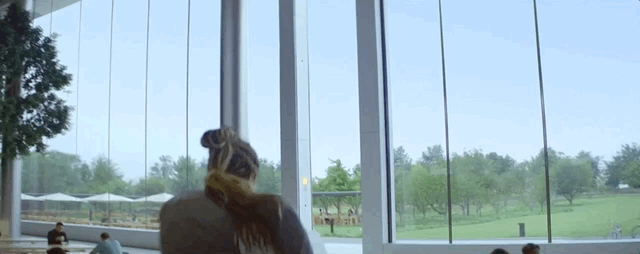 A nice touch has the protagonist hitting all her rings while taking a silver Apple bike from HQ to Steve Jobs Theater. Brave of Apple to show the bike failing, or grabbing her cuff, or whatever happens at the end. Usually nothing of theirs fails in their promos.
A nice touch has the protagonist hitting all her rings while taking a silver Apple bike from HQ to Steve Jobs Theater. Brave of Apple to show the bike failing, or grabbing her cuff, or whatever happens at the end. Usually nothing of theirs fails in their promos.

